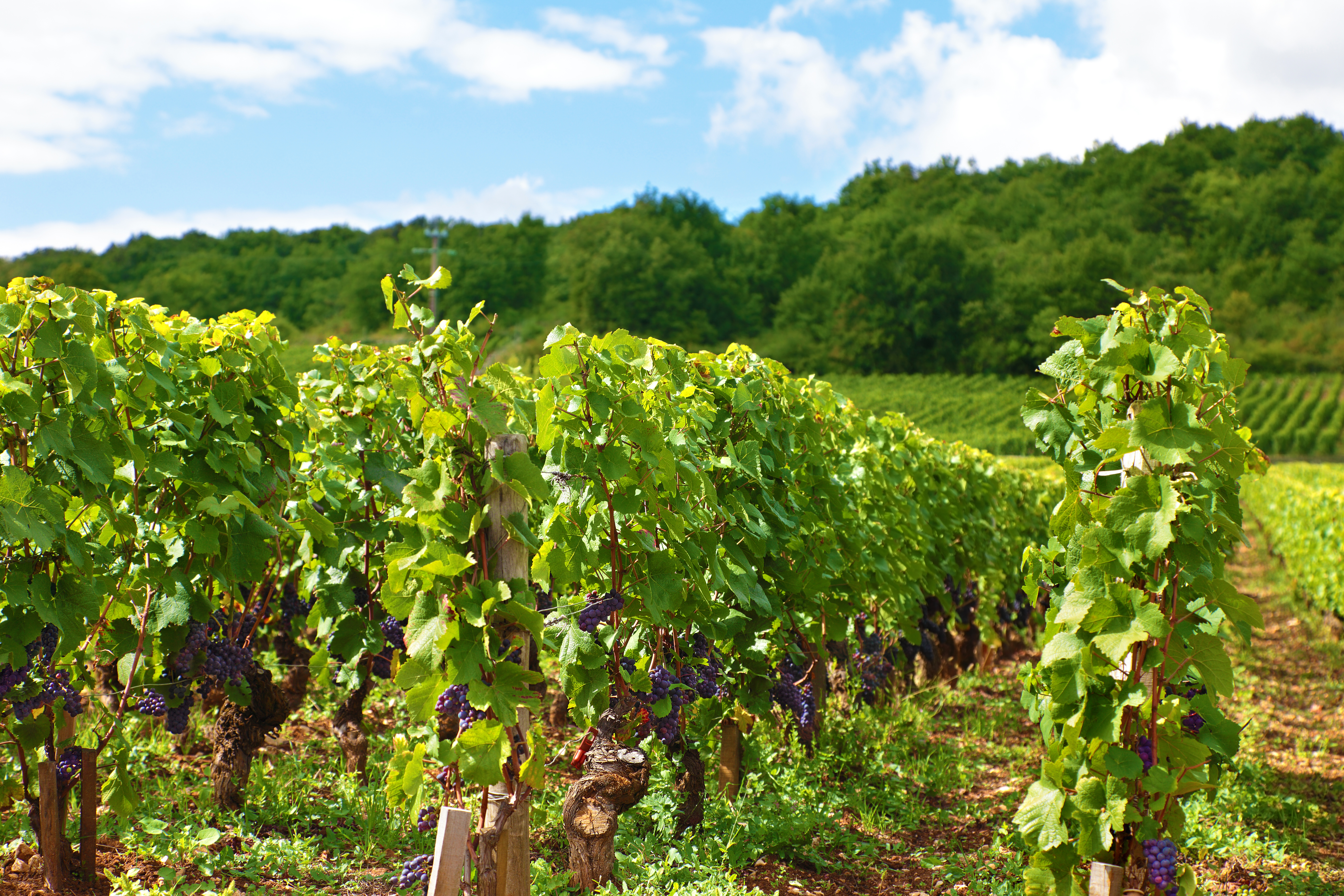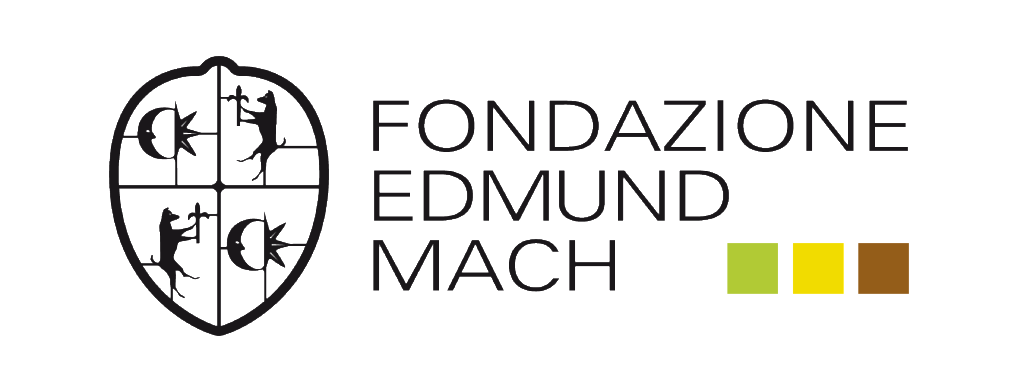Carbon balance in a vineyard

The carbon balance of an ecosystem can be defined as the difference between two main processes: carbon uptake by photosynthesis and release through respiration. In case of agricultural ecosystems, additional lateral fluxes (i.e. input by organic fertilizers and harvest removal) should be taken into account in the balance. Usually, agroecosystems show a net release of CO2 to the atmosphere, due to the large fraction of harvested biomass and frequent soil disruption, which enhances soil respiration. On the contrary, vineyards, as well as other woody crops (e.g. orchards, olive groves), have the potential to act as net carbon sink (Zanotelli et al. 2018).
Vineyards are permanent crops and soil management of the inter-rows is usually limited, leaving a large fraction of undisturbed soil, frequently covered by grass. The carbon accumulated by vines as new biomass can be divided into short-term (grapes and annual tissues) and long-term (above and below ground perennial biomass). The harvest part of the short-term carbon uptake should be removed from the budget, but annual tissues may remain in the ecosystem if, after pruning, they are left on the ground, where they can accumulate as litter therefore contributing to increase the soil organic carbon stock (Montanaro et al., 2017). Indeed, the application of conservative management practices in viticulture (e.g. retention of pruning residues, no tillage, inter-row cover crops) has been shown to improve the carbon stock in the upper layer of soil (Agnelli et al., 2014, Wolff et al., 2018). Long-term studies measuring the net CO2 exchange between vineyards and the atmosphere confirmed that, on annual basis, the vineyard ecosystem can act as a net carbon sink (Pitacco and Meggio, 2015, Vendrame et al., 2019) and that conservative soil management (no tillage and grass cover) plays a crucial role in enhancing its carbon sink potential (Tezza et al., 2019).
These findings give the chance to viticulture to increase its environmental sustainability, playing an active role in the uptake of a major greenhouse gas from the atmosphere. Additionally, the field carbon budget could be accounted in carbon footprint calculation, lowering the environmental impact of wine production.
By Nadia Vendrame (University of Trento, C3A) nadia.vendrame@unitn.it
References
Agnelli, A., Bol, R., Trumbore, S.E., Dixon, L., Cocco, S., Corti, G., 2014. Carbon and nitrogen in soil and vine roots in harrowed and grass-covered vineyards. Agric. Ecosyst. Environ. 193, 70-82. https://doi.org/10.1016/j.agee.2014.04.023
Montanaro, G., Tuzio, A.C., Xylogiannis, E., Kolimenakis, A., Dichio, B., 2017. Carbon budget in a Mediterranean peach orchard under different management practices. Agric. Ecosyst. Environ. 238, 104-113. https://doi.org/10.1016/j.agee.2016.05.031
Pitacco, A., Meggio, F., 2015. Carbon budget of the vineyard - A new feature of sustainability. BIO Web Conf. 5, 1024. https://doi.org/10.1051/bioconf/20150501024
Tezza, L., Vendrame, N., Pitacco, A., 2019. Disentangling the carbon budget of a vineyard: The role of soil management. Agric. Ecosyst. Environ. 272, 52-62. https://doi.org/10.1016/j.agee.2018.11.002
Vendrame, N., Tezza, L., Pitacco, A., 2019. Study of the Carbon Budget of a Temperate-Climate Vineyard: Inter-Annual Variability of CO2 Flux. Am. J. Enol. Vitic. 70, 34–41. https://doi.org/10.5344/ajev.2018.18006
Wolff, M.W., Alsina, M.M., Stockert, C.M., Khalsa, S.D.S., Smart, D.R., 2018. Minimum tillage of a cover crop lowers net GWP and sequesters soil carbon in a California vineyard. Soil Tillage Res. 175, 244–254. https://doi.org/10.1016/j.still.2017.06.003
Zanotelli, D., Vendrame N., López-Bernal, A., Caruso, G., 2018. Carbon sequestration in orchards and vineyards. Italus Hortus 25 (3), 13-28. https://doi.org/10.26353/j.itahort/2018.3.1328
External links
https://en.lifevitisom.com/documents
VITISOM LIFE project webpage with documents about sustainable soil management and organic fertilization in viticulture
Relations
- Network
- List
- Geolocation
- More
Changement climatique : les ODG favorables à des accompagnements
Dans le cadre du projet VitiREV (volet recherche participative & observatoires ; 2019-2027), un groupe de chercheurs (UMR EGFV de l’Institut des Sciences de la Vigne et du Vin à Villenave d’Ornon) a conduit une enquête auprès des représentants des ODG viticoles de Nouvelle-Aquitaine. L’enjeu : recue
- More
LIFE VITISOM
VITiculture Innovative Soil Organic Matter management: variable-rate distribution system and monitoring of impacts
- More
WorldWine Women : typologies de vignerons acteurs de la viticulture durable
Étude sociologique sur le lien entre caractéristiques socio-économiques et stratégies de viticulture durable en Europe


